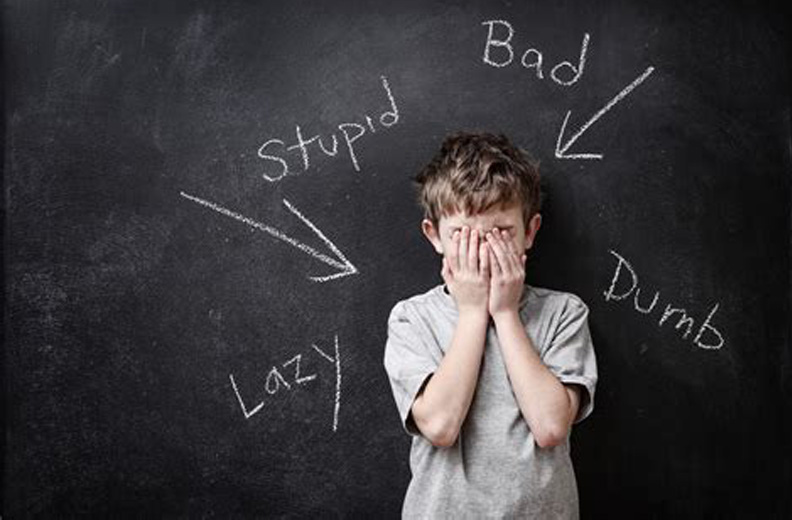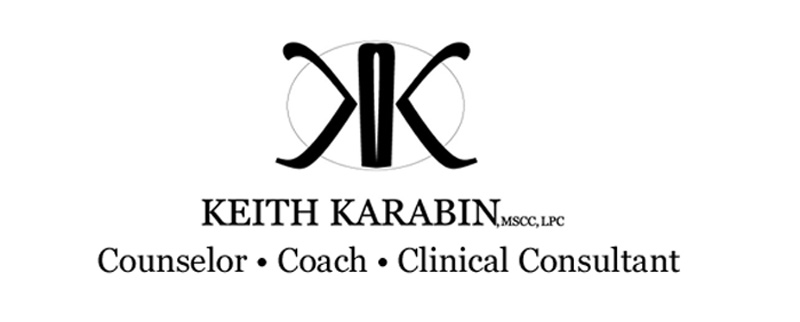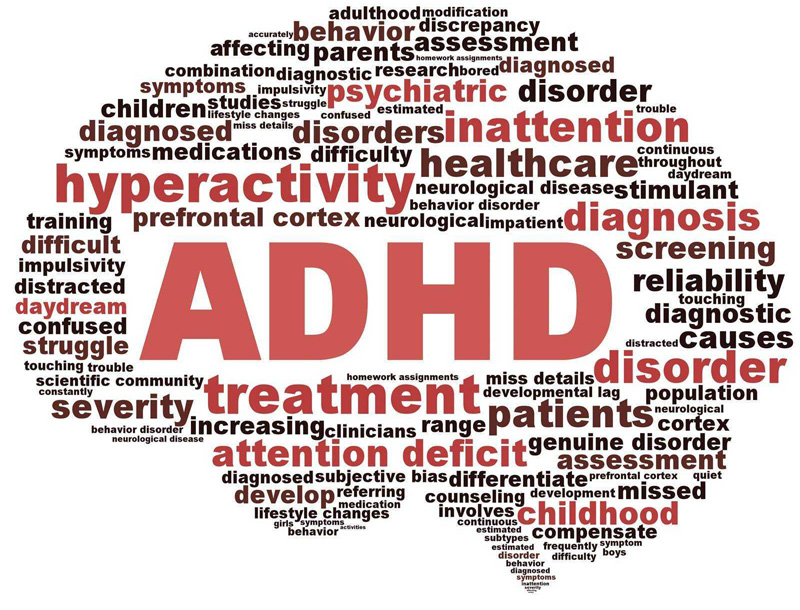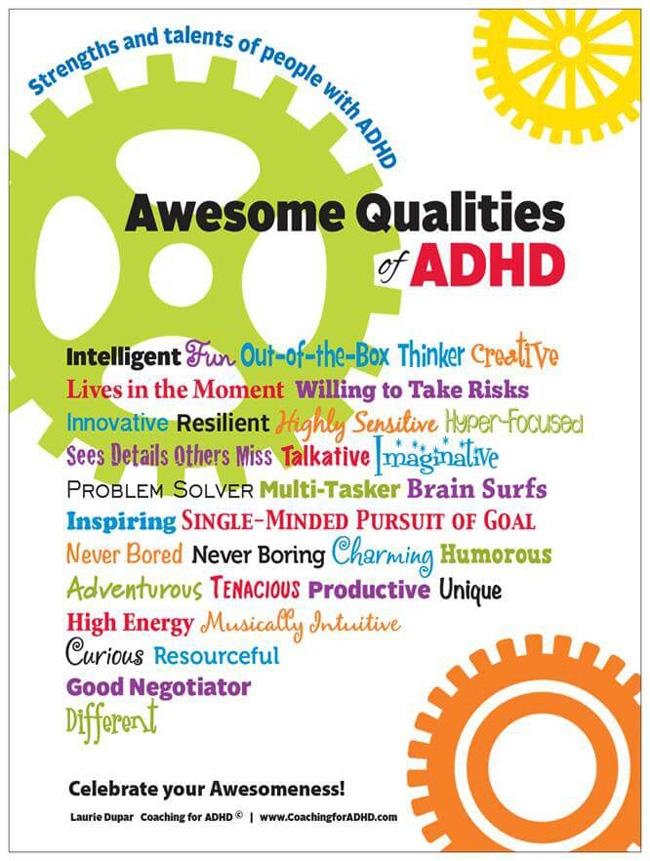A VAST Focus Shift for ADHD

“Every tool needs sharpening.”
-Lord Shaxx,
Destiny 2
I’ve heard the adage, and so have you: “Insanity is doing the same thing over again and expecting a different result.” Counselors can be that insane. I recall a great old counselor (who taught me a great deal) who would proudly say “I do CBT, it’s what I do, it’s all I do” no matter the client.
Though I encourage specialization, I believe in—and try to instill in my supervisees—the need for a more toolbox approach, especially when working with teens and children. Right model for the right kid, for the right issue.
However, I can still fall into the same old insanity. I can feel it creep over me and when I do, I know it’s time to learn. In Octobers past I’ve done Halloween articles but to me there’s nothing scarier than clinging to outdated methods with diminishing returns. Thus, I face my own deficit and seek to find new ways to help those with Attention Deficit Hyperactivity Disorder or ADHD.
The Washington Post summarized classic ADHD treatment, which “involves elaborate school plans and accommodations, time-consuming behavior therapy and stimulant drugs,” (2016). I, and other counselors or behaviorists, fall into the school plans and “time-consuming behavior therapy” aspect of treatment. The focus tends to be on addressing three issues: A high activity, difficulty focus and difficulty managing impulses—in which I include emotional responses and dishonesty.
But that list is so dry! Here’s what it’s really like sometimes, from parents I meet with every day.
“I wish we could have one meal where he sat down! Even for five minutes, one meal where one of us didn’t end up yelling about staying in his chair and just talking…”
“She’ll watch her tablet for hours if I let her, but if I ask her to go get dressed, I have to check her room fifteen times to get her started again as she’s playing with dolls—once with only one sock on and nothing else!”
“He lies about everything. Argues about everything and explodes about nothing.”
I try to validate the exhaustion these behaviors can cause for parents as I meet in their kitchens and living rooms. Parenting any child can be exhausting. Parenting a child or teen with unchanneled ADHD can be even more so. In that exhaustion some families can feel lost in the behaviors, in the symptoms, and forget the magic of childhood. Merriam R. Sarcia, LMFT is an ADHD Certified Clinical Services Provider specializing in Parent Behavior Therapy, and she says “It is important also to remember that the brain of a child with ADHD lacks the neurotransmitters necessary to control impulsivity. That lack of control likely accounts for whatever he or she did but shouldn’t have,” or wasn’t able to complete. Even the best exhausted parents can find themselves frustrated and blaming their child for something that is presently out of their ability to accomplish. This exhaustion and frustration has led to many families feeling unable to maintain the standards of healthy child living according to the American Academy of Pediatrics, National Sleep Foundation and U.S. Department of Agriculture which actually increases symptoms by default (Eunjung Cha, 2016).
Separating the awesome child from the symptoms is usually our first step. That first step is one that I believe needs to start, not with parents, but with the treatment community. By nature of treatment plans, we look at problem behaviors. By nature of the diagnosis itself we focus on deficits. Yes, I hope we are strength-based and positive when we do. Now I’m striving to push myself farther.
“ADHD can be ‘an asset and special power that can enhance your life’ or a ‘potential demon that can ruin it,’” say world-renowned ADHD authorities, Drs. Edward Hallowell and John J. Ratey, in their new book, ADHD 2.0. When meeting with a new patient, Dr. Hallowell tells them, “I have great news for you. Your mind runs like a race car with bicycle brakes. The brakes aren’t strong enough to control your brain, but we can strengthen your brakes” (Kessler, 2022).
Because he and Dr. Ratey believe that the symptoms of ADHD can also be the strengths. And these two are not only doctors but manage ADHD themselves.
ADHD by Any Other Name…
“‘We’re here to unwrap your gifts, not treat your disability.’
In this context, kids can learn to understand their symptoms better, appreciate what they can do instead of beating themselves up about what they can’t do, and grasp the importance of boosting their resilience, and building on their creativity, spark and vigor.”
– Eve Kessler, Esq,
former criminal appellate attorney,
Executive Director of the Special Education Network
Let’s start with the big one: Focus and Attention. After all that’s where the client’s deficit is. Right? After working with literally hundreds of children and adults with ADHD over nearly three decades I can say that I’ve never found my clients having any deficits. Rather their attention moved quicker than mine! Drs. Hallowell and Ratey (2022) are championing a shift of our own focus in the clinical field from lack to abundance as we three* “agree that the ‘D’ for Deficit is inaccurate and insulting. They prefer to use Variable Attention Stimulus Trait (VAST), a more precise, constructive and less offensive term, which takes into account the condition’s two key traits: an abundance of wandering attention and a search for stimulation.”
People with VAST—as I show now refer to it—lack nothing, rather they are avid seekers of stimulation, curious explorers and powerful athletes in a world that can appear to be too dull, boring and slow for them at first glance. The key for the individual with VAST is to look deeper. Deeper into the world and deeper into themselves.
Even children can do this, though when working with them, I tend first to help parents—loving parents who may also be exhausted and frustrated by unharnessed symptoms—begin to separate symptoms and behaviors from the awesome gifts their kid has. Then, they can look deeper into their child.
“Your lying child is not a bad seed,” Scarcia wrote, focusing mostly on the neurological causes of what seems like “pathological lying” a phrase I’ve heard from parents but not yet witnessed in a child or even teens. Looking deeper we find that “lying is just another dysfunctional coping mechanism in your child’s ADHD box of unhelpful tools,” which manifests due to magical thinking. Magical thinking is a documented phenomenon found in all children, but stronger in children with VAST as they can mature up to three years behind their peers and can be much more creative than some. Magical thinking is what makes the imaginary play world of a child—crucial for learning and development—possible. Magical thinking is based in the egocentric child’s belief that they cause or control everything around them. “This sense of magical thinking allows a child with ADHD to ‘wish away’ the thing they’d just done. If they say it didn’t happen, then perhaps they can UN-DO it. Perhaps it didn’t actually happen after all” (2022).
Looking deeper into that impulsive, constantly moving, high energy level symptom truly isn’t that challenging once parents can look at it objectively. Seriously, who doesn’t want more energy? Is it the fault of a child with VAST that the world moves slower than them and expects them to sit? Aren’t there a multitude of studies telling us to get up and move more?
Yes, harnessing that energy to allow a child to focus is important, but according to a Canadian study, focus improves when we allow the body what it needs. After “a 10-week physical training program, children with ADHD improved their muscular capacity and motor skills and had more positive behavior reports from parents and teachers.” Don’t have that much time to invest? Another study found that “a simple 20-minute walk in a park was enough to help children increase their attention levels” (Eunjung, 2016).
As children with VAST become adults, most tend to find their path to focus, impulse control and sadly loose the magical thinking like we all do. However, in my experience with clients with VAST across the lifespan, there is usually a cost of self-esteem or self-confidence due to growing up in a world that didn’t yet have a perspective on their gifts that was strength rather than deficit driven.
Moving From Intervention to Lifestyle
“ADHD is not a disability, it’s a different ability.”
– Dr. Quasir Raza
We’ve seen how we could shift perspective of the treatment community. We’ve talked about parents and adults with VAST separating the symptoms from the awesome but we’re not going to overlook the symptoms because those are what, unfortunately, most people first see when they watch a student struggling in class, an adult fidgeting at a lecture or a child having an emotional outburst at a grocery store.
The key is to think beyond the problem=intervention paradigm and instead create a lifestyle which supports the power of a VAST mind while lessening the effect or impact of symptoms. This protects the self-esteem and ensures the self-responsibility which builds confidence.
Kathleen Holton, a behavioral neuroscientist at American University, wrote in the Journal of Attention Disorders that “a healthy lifestyle…adhering to strict limits on screen time (only one to two hours a day), making sure the child is physically active (at least one hour a day), getting enough sleep (nine to 11 hours) and limiting sugared beverages while drinking plenty of water (seven to 10 cups a day)” has been shown to greatly reduce impulsivity and emotionality and increase focus, especially when it includes “‘Doses of nature’…as a safe, inexpensive, widely accessible new item in the toolkit for managing ADHD symptoms” (Eunjung Cha, 2016).
Within that structure we build “an environment to enhance the creativity and entrepreneurial spirit inherent in the ADHD brain” which is personal to each developing child and includes “a challenging creative outlet that forces your attention to work overtime, is where your growth skyrockets, and is where you can build a satisfying career.” We also ensure that this environment is populated with genuine, understanding relationships as “a lack of connection is especially harmful for kids with ADHD, who commonly feel left out, alone, misunderstood, beaten down, and plagued by negativity.” Dr. Ratey has also encouraged some parents to add medication prescribed by knowledgeable clinician to the structure as he says they “can be as powerful a life-changer for kids as eyeglasses for those with vision problems” (Kessler, 2022).
This structured environment should have access to diverse mental and physical stimuli including “vigorous play and exercise—chase games, tag, running, calisthenics, jumping jacks, stretching, yoga, dancing” since, according to Drs. Hallowell and Ratey, these “activate the parts of the brain that stimulate attention, sharpen focus, decrease impulsivity and agitation, improve balance and coordination, and even aid in cooperation” (2022).
Finally, this supportive, structured environment must continue to actively set boundaries and correct symptoms in a non-judgmental, learning focused way. “Be a detective before being a judge and you may find your child’s need to lie diminishes,” Scarcia said. She encourages parents to use “the Three Rs” when dealing with the consequences of symptoms. First parents Reflect their understanding of their child while affirming their safe place in the family and in relationship with them. Then, rather than following the child’s desire to “take back” the impulse with magical thinking, parents involve the child in a discussion of Restoration—how they can correct the damage done by the impulse–or Restitution, how they can take responsibility for something uncorrectable and make amends.
We may learn, as we create this new VAST supporting environment, that not only does the child with VAST thrive, but so to does the family within, and perhaps this environment moves from the family to the community and from the community to the society. Thus, the strength of VAST can become a shared strength, and the deficit in ADHD becomes part of the past.
Eunjung Cha, A. (2016) New thinking on kids with ADHD: ‘Healthy lifestyle’ could be effective intervention. Washington Post. Retrieved from: https://www.washingtonpost.com/news/to-your-health/wp/2016/05/31/new-thinking-on-kids-with-adhd-healthy-lifestyle-could-be-effective-intervention/
Kessler, E. (2022) ADHD: New Name; New Approach. Retrieved from: https://www.smartkidswithld.org/getting-help/adhd/adhd-new-name-new-approach/
Sarcia, M. (2022) The Magical Thinking of ADHD Brains — and How It Drives Our Kids’ Lies. Attitude Magazine Retrieved from: https://www.additudemag.com/why-children-with-adhd-lie/
*I presume to include myself with those auspicious gentlemen as we share the same view, but have never met and they are much smarter than me.





 Previous Post
Previous Post Next Post
Next Post